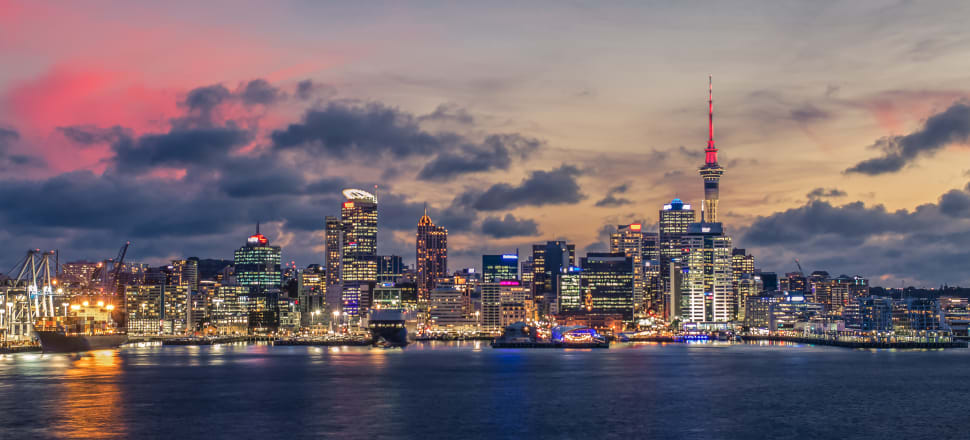
A full, live, digital replica or “twin” of the city’s infrastructure is essential for future decision-making and active public engagement, says a coalition of top Auckland experts. A $1 million city centre pilot is ready for funding. | Content Partnership
Auckland faces some massive infrastructure decisions – from its port and water catchments, to its housing base and transport system. A ‘coalition of the willing’ – experts in the sector – is concerned the city’s leaders do not have a consolidated database of the assets under their control. And that’s a significant problem.
“Digital twins” are virtual copies of physical assets like pipes and roads. They consolidate a raft of information from different infrastructure players, and can also incorporate live data from sensors in the real environment.
They’re used by planners and decision makers around the world, including in other cities in New Zealand. Previous attempts to create a digital twin for Auckland have been unsuccessful.
READ MORE: * Seismic strengthening is a critical opportunity to green our buildings * Circular economy: Breaking our ‘take-make-waste’ model
Over the last few months a coalition of experts, including professional services consultants Beca, the council’s urban regeneration agency Eke Panuku, Koi Tū: The Centre for Informed Futures, the New Zealand Infrastructure Commission Te Waihanga, and Ngāti Whātua Ōrākei, have been developing an investment case for a digital twin pilot for central Auckland.
Now it’s crunch time: the partners are united in their desire to improve the data available; the next step is to commit funding to back the pilot project, either in cash or in kind.
Matt Wheeler is project lead for Beca, which has been pushing the digital model for New Zealand infrastructure since at least 2020.
Wheeler argues that while establishing a digital twin requires upfront investment in the short term, over the long term it will deliver huge value through greater co-ordination between infrastructure players, and avoiding duplication of resources.
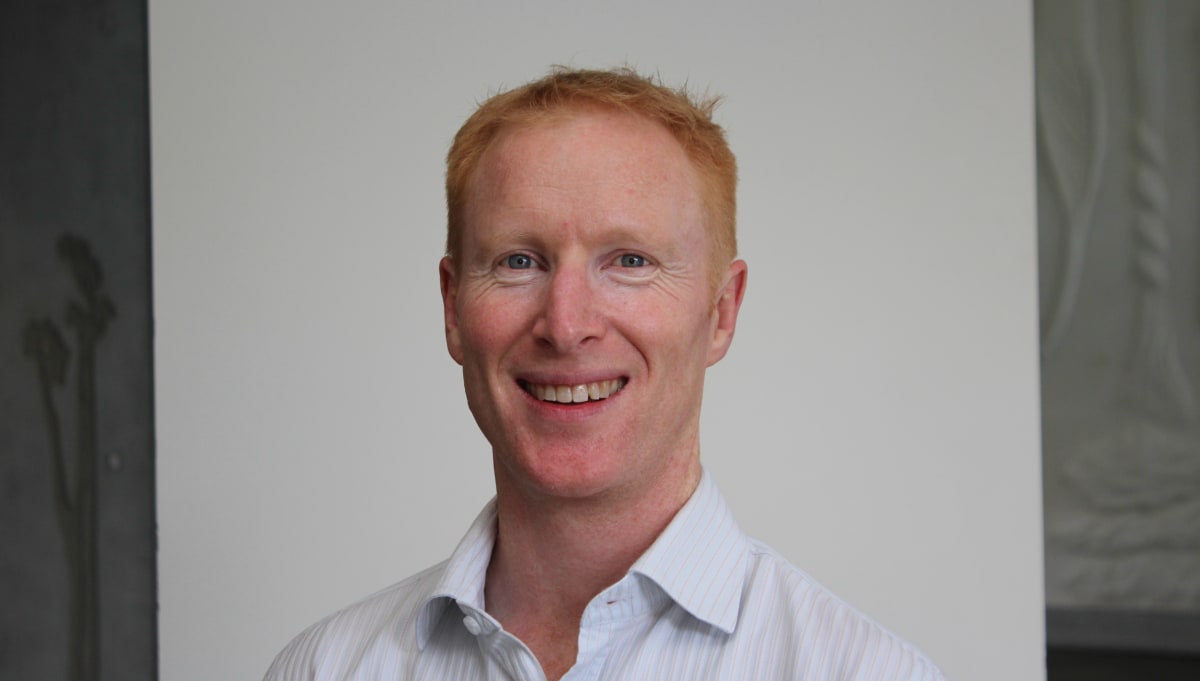
Wheeler cites future plans for Aotea Square as a good example.
“A number of public and private sector parties have investment plans for Aotea Square that aren’t as well aligned as they could be. If we can mitigate or reduce the cost of projects tripping over each other and having dual investment or no investment in a place, then we will save money. If the parties can collaborate and see potential futures, it’s likely their investments will be better co-ordinated, which will benefit us all.”
An important advantage of a digital twin is it makes it much easier for people to take part in conversations about the city’s future, including providing a Māori cultural and historical perspective, Wheeler says.
“Many Aucklanders have become disengaged about the future direction of our city, partly because there’s no single point of truth or place they can get a view of what it could look like.
“There are two problems we’re trying to solve. On one level it’s about being able to help public and private sector asset owners to map and overlay their assets and plans, so that streets won’t get dug up twice. And on another, this could become a very important story-telling tool.”
A 'snowball effect' for change
The first step – a city centre pilot – could cost in the order of $1 million to develop.
While not a huge amount in the grander scheme of annual operating budgets, it’s still a hard ask for some of the coalition partners, when there are so many other urgent priorities demanding a place on their spreadsheets. Auckland Council’s budget cuts – Mayor Wayne Brown is trying to save more than $325 million – have impacted the entire council family, including Eke Panuku and economic and cultural agency Tātaki Auckland Unlimited.
Simon Oddie, city centre priority location director at Eke Panuku says to begin with, simply combining the various sources of existing council data would be a massive step forward.
Getting that will make a really big difference to our lives and then we can start building on it and we get a snowball effect, he says. It will give everyone the same information and help deliver a step-change.
“If we don’t do it, we’re just falling behind other cities around the world. We would be perpetuating a failed model and fighting each other, we’d become less competitive and less able to attract investment.
“What we need is multiple agencies with skin in the game, but it’s a chicken and egg scenario, someone’s got to make a start.”
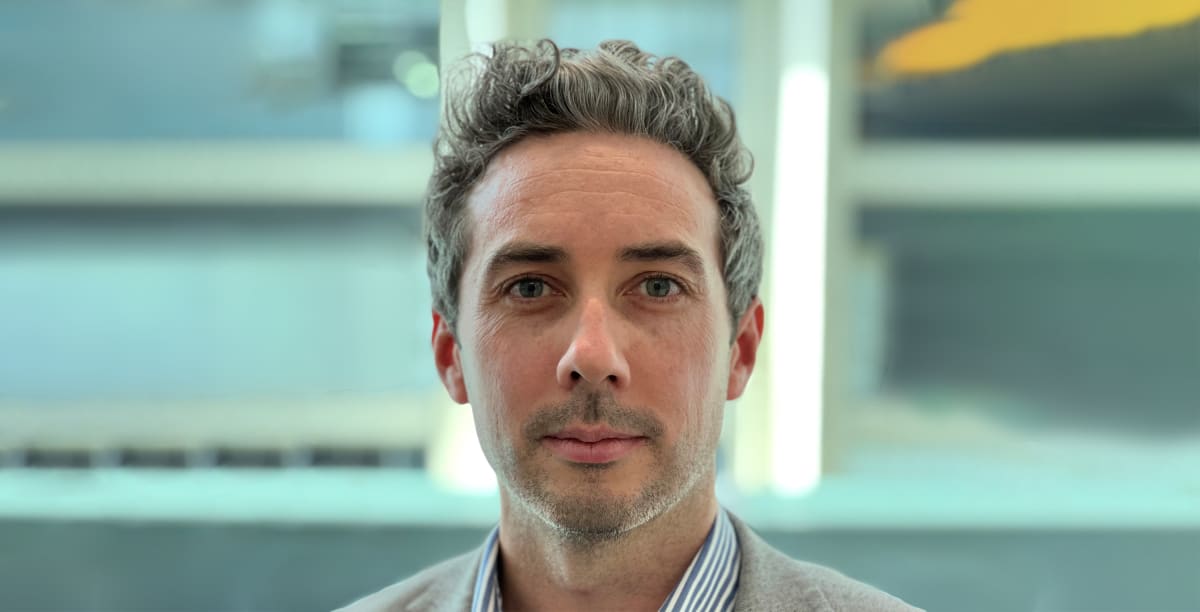
At the most basic level, having a digital twin would avoid other organisations – council or otherwise – duplicating each other’s existing planning tools. It would also increase the quality of data and people’s confidence in it. And it could provide a better shared understanding of overall design intent and delivery in New Zealand’s biggest city, as well as the ability to garner feedback under a single banner.
Oddie and Wheeler aren’t ready to quantify the savings yet, but the value could be considerable, if a study out of Britain is anything to go by. In 2021, engineering and consultancy companies Atkins and KPMG produced a report for the Centre for Digital Built Britain which found that every £1 invested in information management could potentially secure up to £6 of labour time savings, while at the same time boosting government efforts to reach net zero carbon emissions.
The study went on to suggest that if the construction and infrastructure sectors adopted the digital tools, every £1 of direct productivity gain in 2021 in the design, construction and maintenance of built assets could potentially translate into £3.70 in annual UK GDP by 2051.
Dr Dawnelle Clyne, research fellow at the University of Auckland’s Centre for Informed Futures, Koi Tū, has a background in economics and population wellbeing, and advises Treasury and the United Nations.
She says this project cannot be ignored.
“In terms of productivity, Auckland is not doing well compared to other global cities. We’re not seeing the agglomeration effects that we would normally see from primary cities of this scale.”

“There’s inequitable access to quality education and healthcare services. There’s a risk Auckland might be hollowing out, people are leaving. There’s a high cost of living, and we have infrastructure problems that we’re dealing with. This is compounded by a lack of strategic alignment in planning and decision-making structures with a long-term focus.”
“Auckland has the potential to be a truly liveable city and region, but we need processes in place to enable Auckland’s many assets to flourish. The quality of life will just continue to diminish if we stick to business as usual.”
The Centre for Digital Built Britain ran a national digital twin programme during its five years in operation, not unlike what has been proposed by the Government’s Digital Strategy Aotearoa. This foresees a national digital twin and the establishment of an associated data, ethics and artificial intelligence centre to make sure an open data platform and related rights are maintained. Central government hopes to amalgamate the digital representations of our cities into a national model, but work on this isn’t planned until 2025 at the earliest.
Other cities are moving ahead
Wellington began creating a digital twin in 2022, partnering with the Smart Cities Council. It is expected to take three years to complete and will function as an interactive, virtual model of the capital with a focus on improved decision making in climate adaptation planning and transport. Christchurch already has a digital twin, having started the work in 2016, post-earthquake.
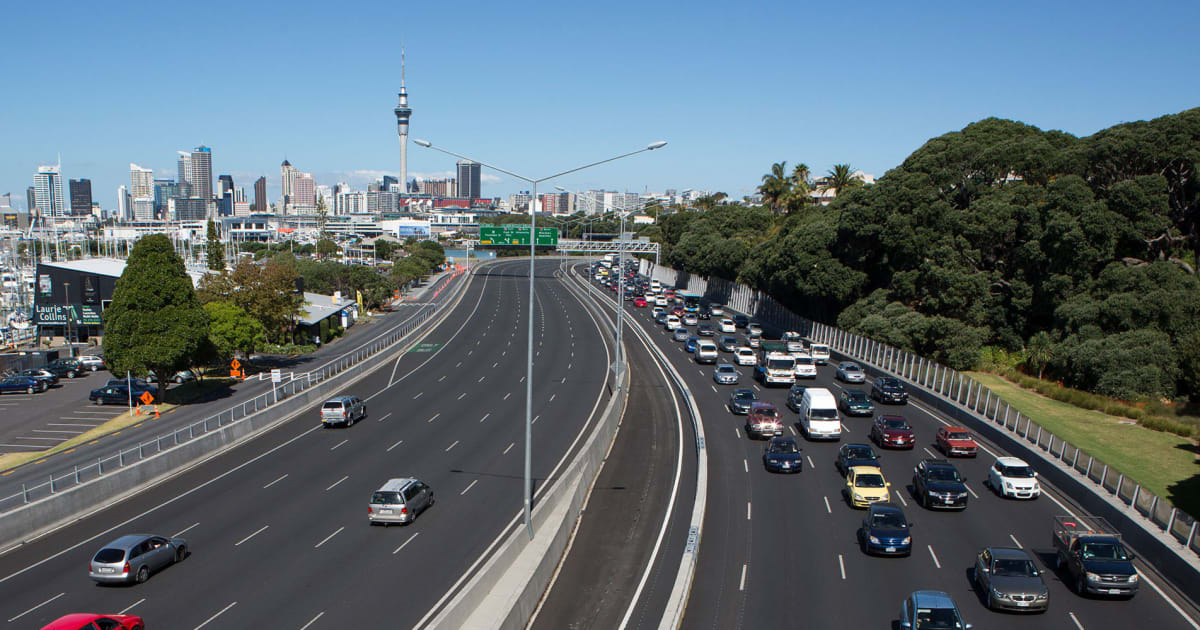
The Christchurch version lets multiple agencies share information about the city and its assets and provides a visual representation in time and space. It includes a network of 150 earthquake monitoring sensors. The interface is a web platform called Christchurch SmartView.
Dr Clyne believes Auckland missed the opportunity arising from Covid-19 to encourage investment in improved planning and take this sort of long-term view. She says catalysts for the move to digital twins elsewhere have been crisis, climate change, and the need to be globally competitive and sustainable.
Inside council and infrastructure circles, there have been objections to a consolidated database in Auckland for years, with issues raised around competing technologies, intellectual property, and the availability and integrity of the data itself. But Wheeler says this project is not about perfection, understanding where every manhole is, but about making a start by combining the information already publicly available.
“We’re not setting out to develop a one hundred percent replication of the physical world. Just about everything we want to do can be done with information that is in the public arena.”
The project team acknowledges the challenge of obtaining data from private asset owners. However they are greatly heartened that this problem has been addressed abroad.

One of the goals is providing useful information to the public, to help them understand what’s being done – it's an outcome which the team prioritised after the public uproar over the pedestrianisation changes to Auckland’s lower Queen Street during Covid. Wheeler says a digital twin could have helped explain the benefits of this and other changes to places for people and vehicles.
For its part, Ngāti Whātua Ōrākei has highlighted there’s no easy way for it to tell the stories of the cultural significance of places in Auckland pre-European settlement. For instance, there’s Te Waihorotiu, a once open stream running from Myers Park through Aotea Square down Queen Street, which provided freshwater and food and which could be brought back into public view.
Ngāti Whātua’s Monique Maihi-Pihema is a descendent of former paramount chief Apihai Te Kawau. One of her many roles is to lead the women calling visitors onto the Ōrākei marae. It’s important to her that Aucklanders know their whole history.
“When you know your history, when you know who you’re connected to, you stand taller, you’re proud, stronger, your mana is returned.”
“The way I see it is that (through a digital twin) Auckland ratepayers become extended kaitiaki,” Maihi-Pihema says. “By inviting them to become guardians we’re inviting them to understand why a project is so important.”
Meanwhile, including a gamified web-based interface will make the tool a fun way for residents to interact and provide feedback on different scenarios for investment in the city, project leaders say.
And the digital twin could test resident engagement at a time when engagement is low – little more than 35 percent of Aucklanders voted in last year’s local body election.
The team has researched models in Singapore, Britain and Finland, where Helsinki’s government has begun to use its model to poll citizens on matters such as safety.
Getting funding for the digital twin project will require agreement on investing in the important, as well as the urgent, ensuring an intergenerational view of what Auckland needs. – Matt Wheeler, Beca
Beca’s Matt Wheeler says if the funding can be found, the pilot digital twin for the city centre could be up and running in about 12 to 18 months.
The company embraces “collaborative place leadership”, where both public and private sectors take responsibility for the city’s future, working with local communities, and businesses.
“As an Auckland headquartered firm we have been happy to take this leadership role across public and private sector to date. Our organisation is keen to continue to invest and help bring this pilot project to life,” he says.
Getting funding for the project will require agreement on investing in the important, as well as the urgent, he says, ensuring an intergenerational view of what the city needs.
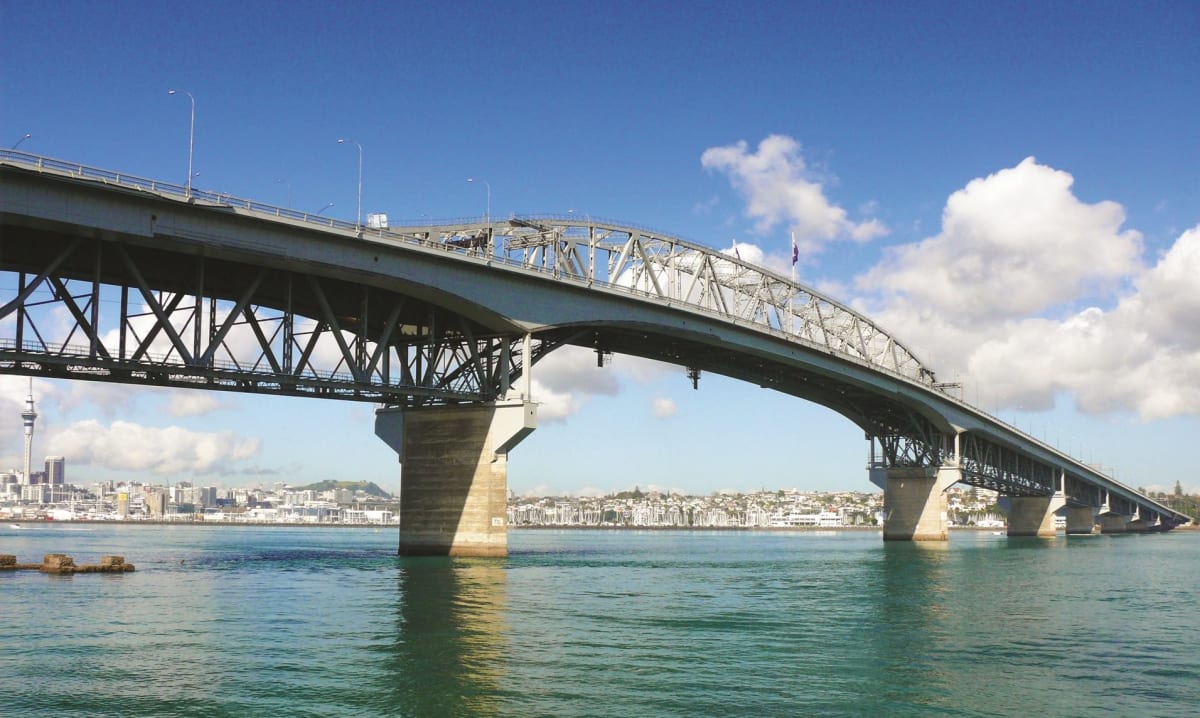
In July, Local Government New Zealand and Koi Tū will host Sophie Howe, formerly the Future Generations Commissioner for Wales. Her mission has been to fight against short-termism. As she told Australian media: “We’ve lost the cathedral thinking. The idea that a cathedral could take one hundred years to build before you’d ever be able to fully appreciate it.”
Matt Wheeler says a mind shift to longer planning horizons in Auckland will also require an acceptance that with billions of dollars of infrastructure investment to manage in the coming years, doing nothing is not an option.
“Auckland has got to start somewhere. There’s never been a better time to invest in a joined-up digital twin.”
Beca is a foundation supporter of Newsroom







